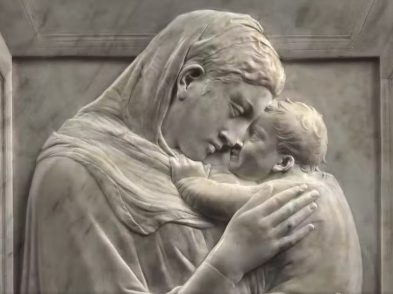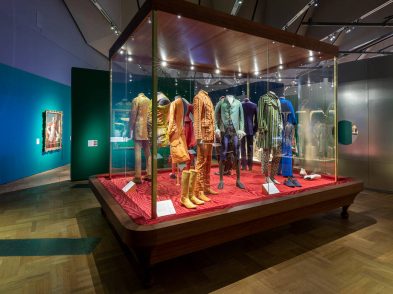You can easily go by car, but the best way is to go by foot, as San Zanobi did in the 4th century CE. Starting from Piazza Vingone, where the route of Bus 27 ends, you take Via di Casignano and climb along a winding road lined with stone walls, rustic villas, oleanders, and olive trees.
The Church of San Zanobi belongs to that Itinerary of the Faith which was recently rediscovered on the occasion of the celebrations for the Centenary of the Via Francigena, the holy road which linked Canterbury to Rome. This was also an opportunity for the FlorentineMunicipality to dot the streets with brown signs indicating churches of historical and artistic interest.
San Zanobi is a little jewel whose origins were found in a parchment of 1603. The document claims that St. Zanobi arrived in the swampy and forested valley of the Vingone torrent on July 1, 397 and, inspired by the Holy Spirit, went with his deacons to the top of the hill to build a church. Excavations made during recent restoration confirm the presence of a very old building, although it could have been simply a pagan temple which St. Zanobi converted into a Christian church. In the centre of the nave, protected by a thick glass panel in the pavement, you can see a semicircular apse with what looks like a square sacrificial altar dating back to the 3rd century CE, bearing witness to the holiness of the place since ancient times.
The atmosphere is very suggestive, and the church is very well preserved. As a result of restoration work, the original stone wall has been exposed on either side of the nave, the side altars have been placed back, and the remains of an ancient entrance can be found between them. St. Zanobi is present in the form of paintings, stained glass windows, and a clay sculpture, but the most precious item in the church is the painting in an old niche of Mary with Child by Filippo Lippi, together with a beautiful 15th century crucifix hanging from the ceiling.
The parchment also states that in this church Charlemagne and Leone III consecrated a priest called Zanobi as bishop of Florence in 801. Charlemagne re-dedicated the church to St. Zanobi in 825, and plenary indulgence was granted to the pilgrims visiting the church on particular days.
Close to the church there is a Renaissance villa fronted by a majestic avenue of cypress trees. It was built on the spot where the old palace of the Florentine Bardi family, used as a summer residence, once stood, and which became, in 1800, the home of the famous Florentine geographer and geologist Giotto Dainelli, whose son was the Italian consul for Australia.
The view from this small, peaceful, inspiring spot is enchanting, and the church, as stated by Deacon Claudio Raspollini, who researched its history, has stood as a guard watching over Scandicci for 1700 years. Rightfully, St. Zanobi is the patron saint of this Florentine Borough: he is buried in the Florentine Cathedral, as becomes one of the most representative bishops of Florence. But perhaps he would rather rest in his own simple, tidy, and quiet church on the hill.








